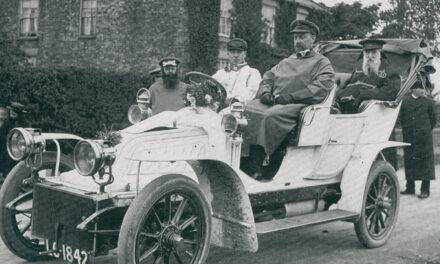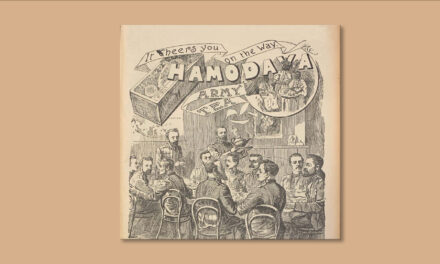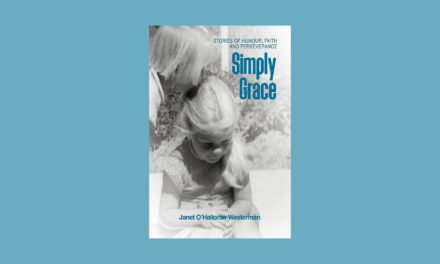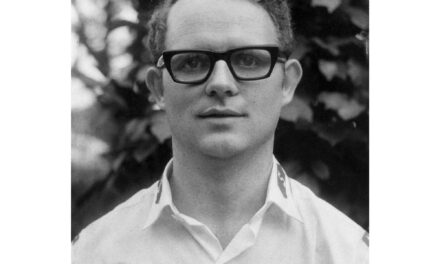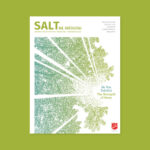
Travelling Timbrellists
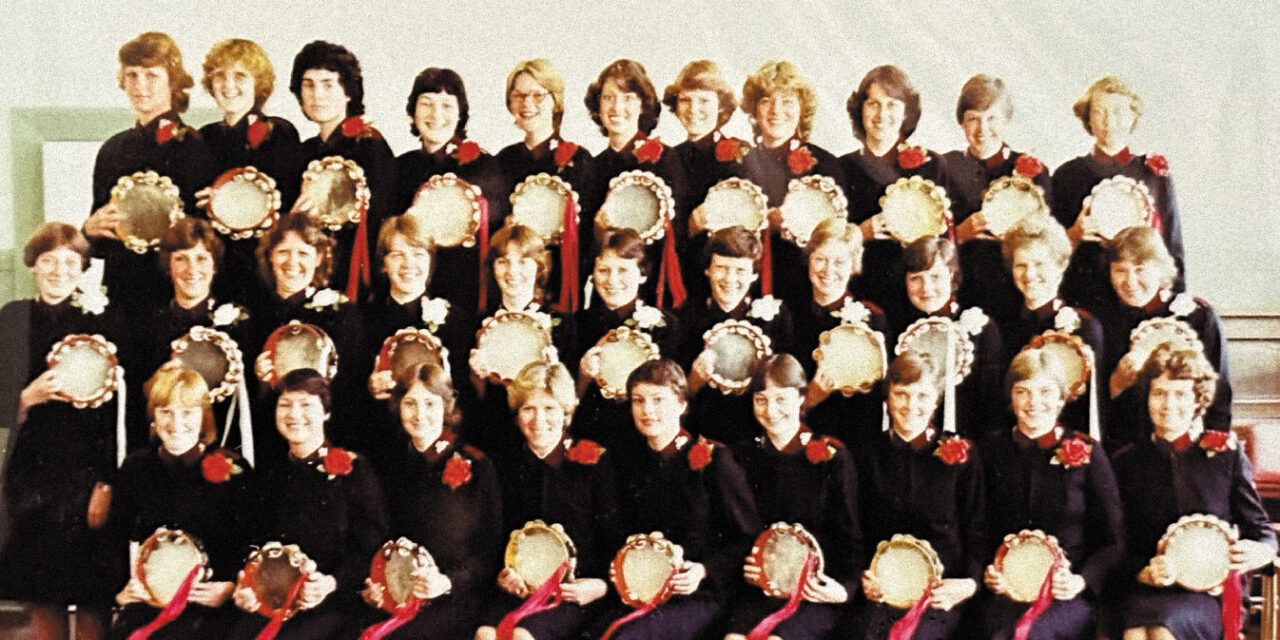
The timbrel is an iconic musical instrument within The Salvation Army. In part two of this three-part series, Selwyn Bracegirdle shares about significant timbrel leaders in the Army, beginning with his mother.
My mother, Brenda Bracegirdle (née Leader), was attracted to The Salvation Army through the timbrellists of the Perth Fortress Corps, Western Australia. On 27 November 1950 she became a soldier of that corps. The next year she was photographed in uniform with a timbrel as a member of the Perth Fortress Timbrel Band.
In 1951, she travelled as a twenty-year-old to New Zealand with her friend Eunice Palmer (17) on an extended holiday around New Zealand. They connected in with various corps, having brought their uniforms and timbrels with them. The War Cry of 1952 contained an article ‘Memories of Calvary’ about an Easter campaign including a Saturday evening programme ‘presented by Salvationists of Wellington Corps. This included individual items as well as numbers by the Cadets’ Chorus and Kilbirnie Songsters and a timbrel display by two West Australian comrades, timbrellists Brenda Leader and Eunice Palmer’.
Eunice recalls a male officer accompanying them by playing their chosen march on the piano. It was at this point they decided to go to Wellington South Corps for a period, assisting with teaching timbrel beats and techniques. Eunice celebrated her eighteenth birthday and after six months in New Zealand, including travel around the South Island, she returned home via Christchurch. Brenda stayed on and returned to Wellington where she had her 21st birthday and met Evan (Paddy) Bracegirdle.
In the War Cry of 10 April 1954, a Wellington City Corps article included the following:
‘A happy feature of the afternoon praise meeting was the demonstrating of a home-made timbrel. Constructed by an African boy from tin, coca cola bottle tops, wire and monkey skin. For effect, this instrument compared favourably with the up-to-date timbrels played by the corps timbrel brigade. Sister Mrs E. Bracegirdle played the African timbrel in excellent style. In order that every member of the congregation could handle the instrument, the corps officer took up a special collection for Africa, using the timbrel as a collection plate.’
Brenda Bracegirdle was a timbrel player, an instructor and a timbrel leader through her time as a soldier at Perth Fortress and Wellington City Corps. Brenda and Paddy moved between Perth and Wellington a few times. Early in her married life while soldiering at Wellington City Corps, Brenda also assisted the Kilbirnie Corps by teaching their young timbrellists.
As popularity for the timbrel grew, there were War Cry articles printed on timbrel technique. Specific beats had a name, such as ‘jigsaw’, ‘cricket’, ‘egg’, ‘kiwi’, etc. Some beats were named after local timbrellists, such as ‘The Tresnor’ (after Tresnor Glover). As time went on more creativity was applied, and in the early 1980s Brenda became known for creating uncommon beats and movements that were even applied to music other than marches, including a segment of Treasures from Tchaikovsky. Many corps timbrel leaders were providing timbrellists with opportunities to show their talent, and a common phrase for the playing of timbrels was a ‘timbrel display’.
An important role for timbrel leaders was also the mentoring and encouraging of young women in their faith. While there are few timbrellists in action now within this territory, and while timbrel playing has not been exclusively for women, we do acknowledge the outstanding service and leadership of many women (senior, intermediate and junior timbrel brigades) over many decades in promoting the gospel of Christ with such dedication to such a joyful expression of Salvation Army purpose.





